In some remote corners of the world, the balance of predator and prey tips in unexpected ways, making humans the hunted. Here’s a list of 13 predators that have been known to hunt humans, and where these encounters still occur. Dive in to discover the fascinating, sometimes chilling relationships between these animals and humans across the globe.
1. Saltwater Crocodiles
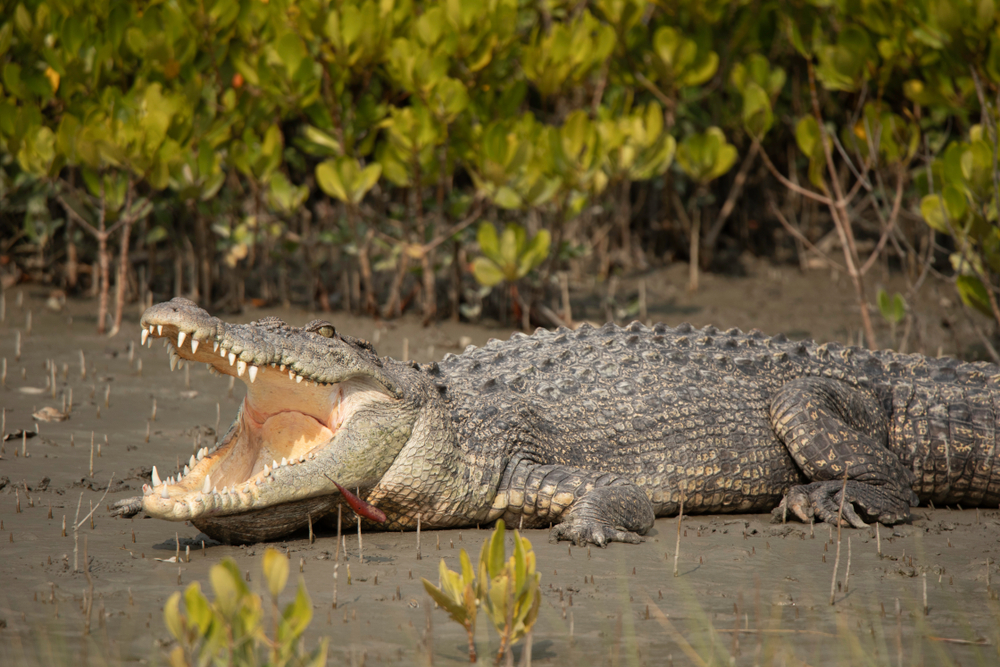
Saltwater crocodiles are apex predators with a fearsome reputation, residing primarily in the brackish and freshwater regions of Southeast Asia, Northern Australia, and the eastern coast of India. These colossal reptiles can grow up to 23 feet and are known for their explosive ambush attacks. You might find them lurking stealthily beneath the water’s surface, waiting for unwary prey, including humans who venture too close. Their incredible bite force, the strongest of any living animal, makes them formidable adversaries.
A study published in Crocodile Specialist Group Newsletter highlighted that these reptiles have been responsible for numerous attacks on humans, particularly in Northern Australia. The combination of their territorial nature and the overlap of human activity in their habitats increases the likelihood of dangerous encounters. This is why local authorities often issue warnings during the wet season when saltwater crocodiles are more active. So, it’s wise to heed the signs when visiting these areas — your life might actually depend on it.
2. African Lions
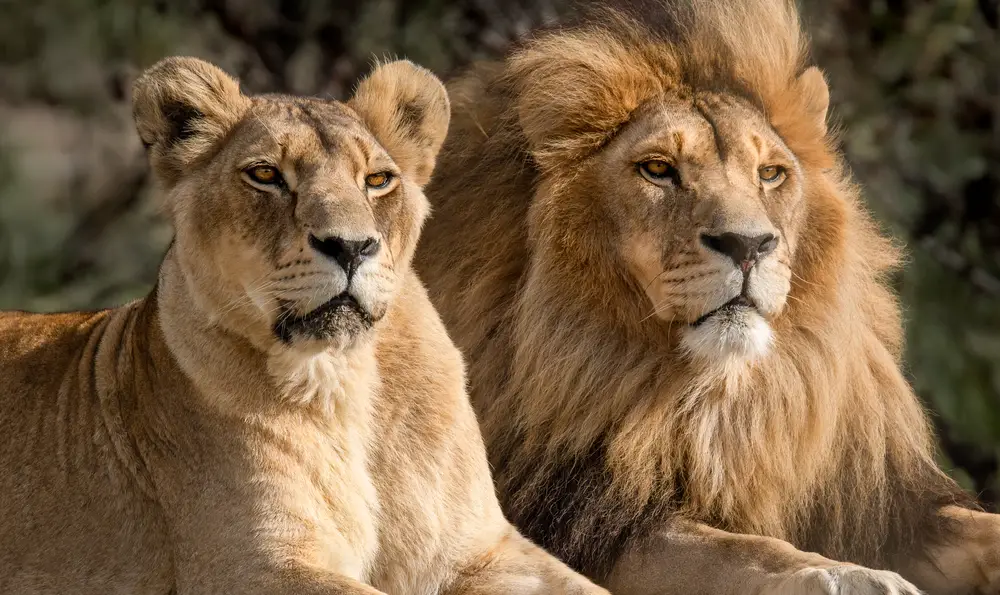
In the savannahs of sub-Saharan Africa, lions rule as the quintessential kings of the jungle. While generally not inclined to hunt humans, certain circumstances can drive lions to view us as prey. Scarcity of natural prey or habituation to humans can lead to this dangerous behavior. You might hear tales from Tanzanian villages where lion attacks have become an unnerving reality.
Lions are strategic hunters, often operating in prides to outmaneuver their prey. Their strength and agility make them effective in short bursts, capable of taking down prey larger than themselves. For people living near lion territories, this means a constant awareness of their presence is crucial. Conservationists are working on balancing human-lion coexistence, but the threat remains real.
3. Bengal Tigers
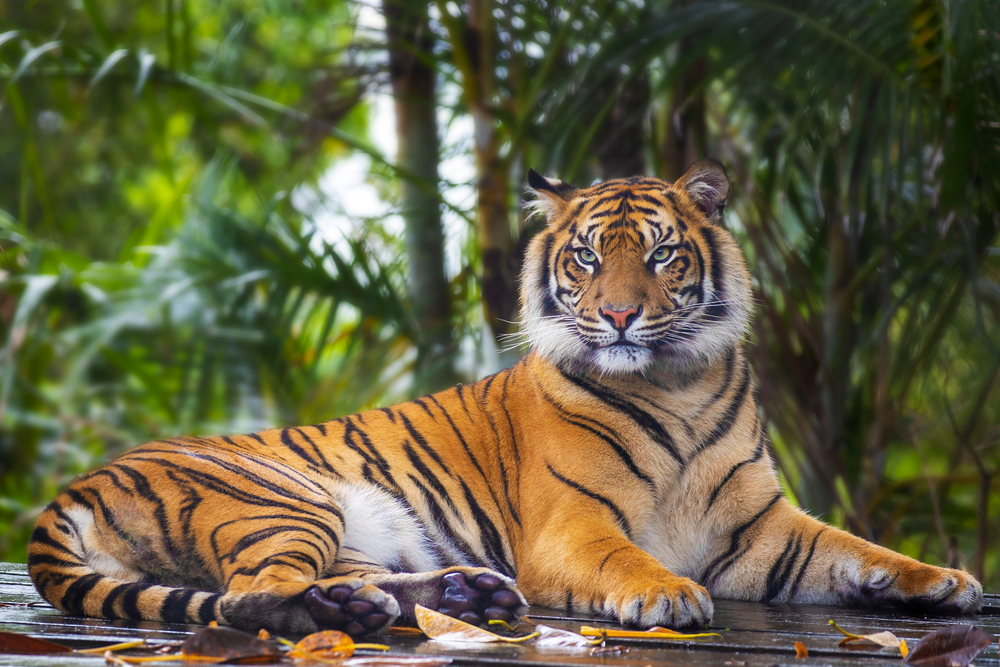
Bengal tigers, with their striking orange coats and black stripes, are one of the most iconic big cats, primarily found in the mangrove forests of the Sundarbans in India and Bangladesh. They have been known to develop a taste for human prey, often due to injuries or lack of natural prey. These tigers are astonishingly adaptive, capable of swimming between islands and navigating the dense forests with ease. You might think of them as solitary assassins, quietly staking out their victims.
According to an article in National Geographic, the conflict between tigers and humans in the Sundarbans is a long-standing one, exacerbated by habitat loss and climate change. Local communities have developed unique strategies, such as wearing masks on the back of their heads to deter frontal attacks. However, with their stealth and power, Bengal tigers remain one of the most dangerous predators to humans. Understanding these majestic creatures is key to mitigating risks while preserving their critical habitats.
4. Great White Sharks
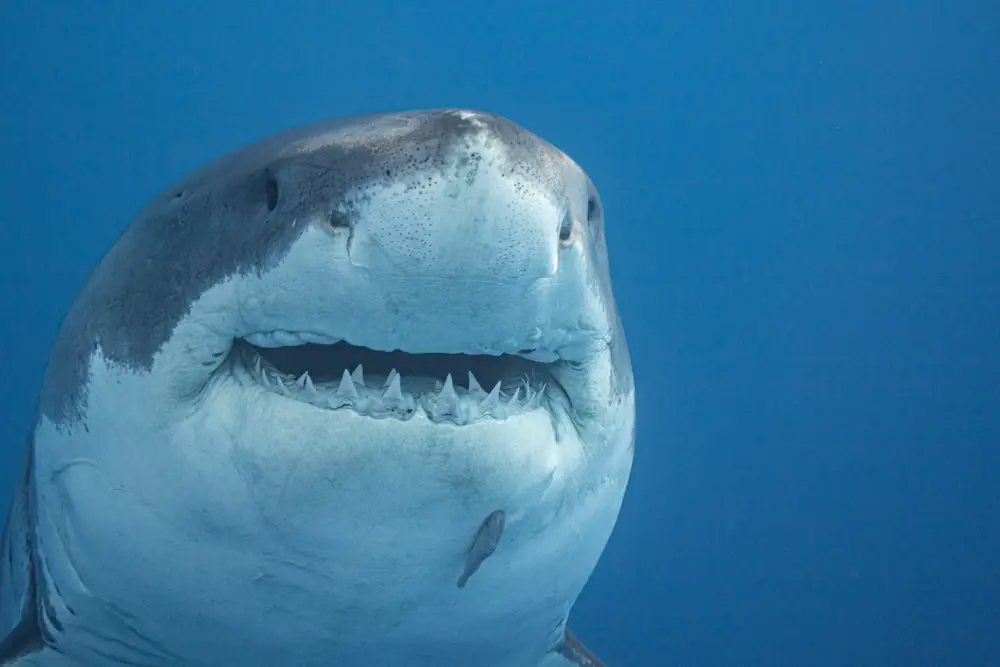
Great white sharks are perhaps the most infamous of ocean predators, often depicted in popular media as man-eaters. These sharks roam the coastal waters of major oceans, particularly off the coasts of South Africa, Australia, and California. Although attacks on humans are rare, when they occur, they are often severe, given the sheer power and size of these creatures. You might imagine them as the silent rulers of the deep, capable of detecting even the faintest electrical signals from potential prey.
In reality, great whites are more curious than menacing, with most attacks on humans being investigatory bites. Their role as apex predators is crucial for maintaining marine ecosystems, controlling the population of seals and other marine life. Divers and surfers in shark-prone areas are advised to take precautions, such as avoiding shiny clothing and swimming in groups. While fearsome, understanding their behavior helps navigate the waters they command.
5. Polar Bears
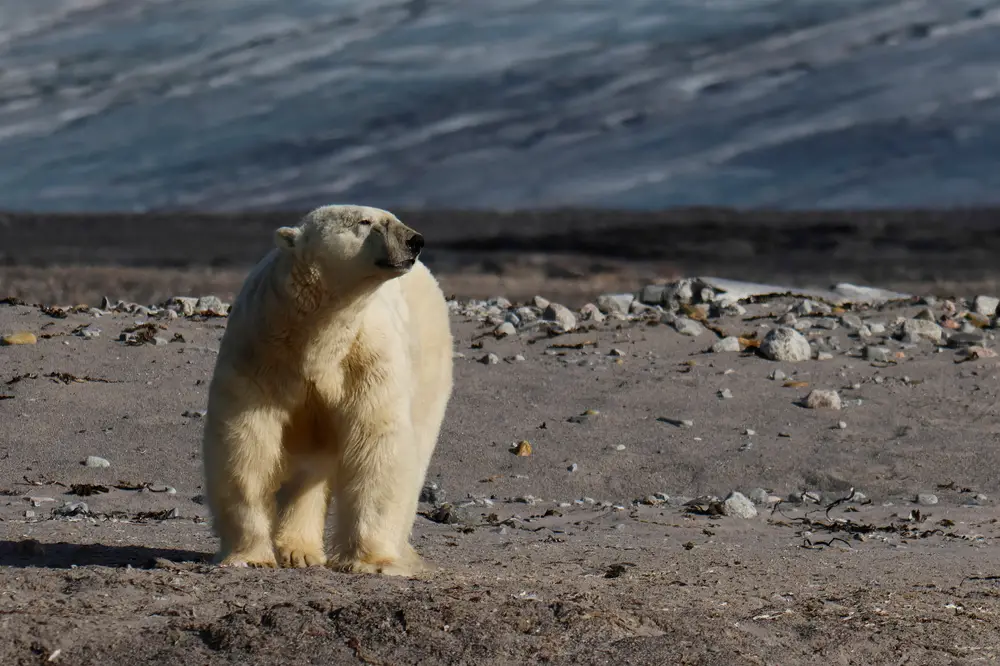
Polar bears are the undisputed rulers of the Arctic, where they roam the ice caps in search of seals. However, in the harsh Arctic environment, they have also been known to attack humans. These bears are the largest land carnivores, with an acute sense of smell that can detect prey from miles away. You might find them to be both fascinating and terrifying, a reminder of nature’s raw power in the icy wilderness.
An article in Nature detailed the increasing encounters between polar bears and humans, driven by climate change and shrinking ice habitats. As their natural hunting grounds diminish, hungry bears venture closer to human settlements in search of food. It’s a stark reminder of the interconnectedness of ecosystems and the impacts of environmental changes. For those living in polar regions, taking precautions and supporting conservation efforts are vital for coexistence.
6. Komodo Dragons
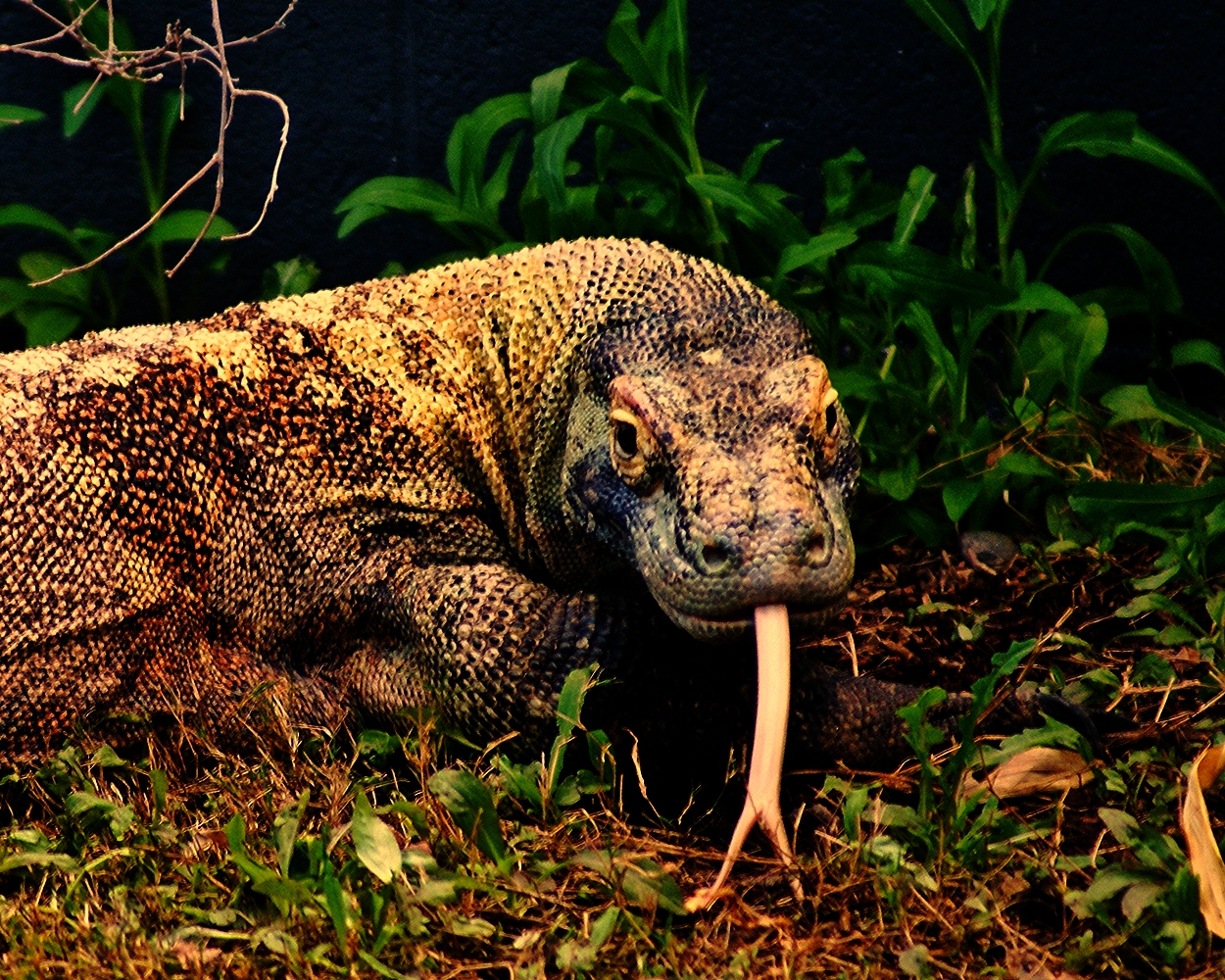
On the Indonesian islands of Komodo, Rinca, Flores, and a few others, the Komodo dragon reigns supreme. These giant lizards, with their venomous bite and powerful bodies, are formidable predators capable of taking down large prey. While not habitual hunters of humans, attacks do happen, particularly when people encroach on their territory. Imagine walking through the island jungles, knowing these ancient reptiles could be lurking nearby.
Komodo dragons have a unique hunting strategy, often biting their prey and then following it for miles until the venom takes effect. Their ability to consume up to 80% of their body weight in one meal makes them efficient feeders. For island inhabitants and tourists, following local guidelines and keeping a safe distance is crucial. Despite their fearsome reputation, Komodo dragons are a vital part of Indonesia’s biodiversity.
7. Leopards
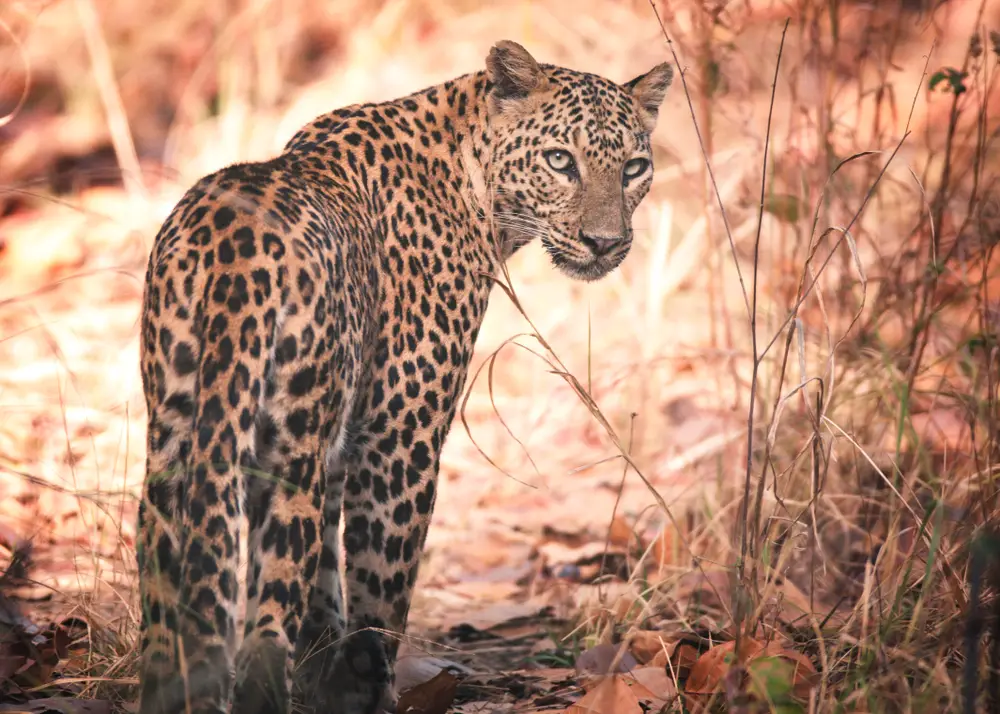
Leopards are one of the most widespread big cats, found across Africa and parts of Asia. Known for their adaptability, they can thrive in diverse habitats, from jungles to urban fringes. While generally elusive, leopards can become dangerous to humans when they are sick, old, or deprived of their natural prey. In India, leopards have been known to venture into villages, leading to tense human-wildlife interactions.
Research published in the Journal of Wildlife Research indicates that the key to managing leopard populations near human settlements lies in understanding their behavior and ensuring adequate prey availability. In areas like Mumbai’s Sanjay Gandhi National Park, leopards coexist with millions of people, highlighting the complex dynamics at play. Awareness and education initiatives are crucial in these regions to minimize conflict. Even so, the beauty and mystery of leopards continue to captivate human imagination.
8. Wolves
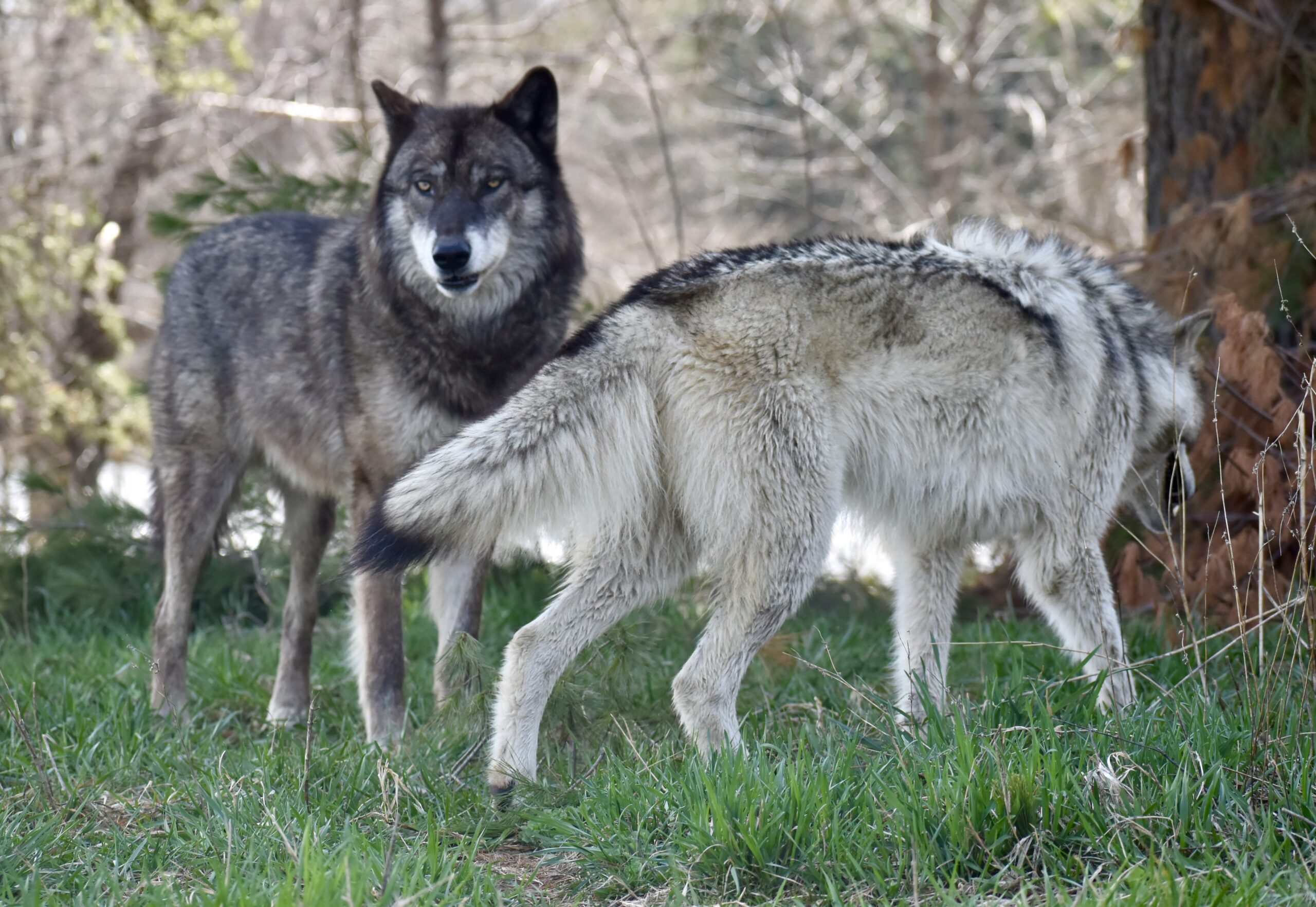
Wolves, with their haunting howls and pack dynamics, have captured human fascination for centuries. While generally wary of humans, wolves have been implicated in attacks, particularly in areas where their natural prey is scarce. Found across North America, Europe, and Asia, wolves are integral to their ecosystems, controlling prey populations and influencing vegetation. Imagine wandering through the forests of Canada or the Russian taiga with the knowledge that a wolf pack could be nearby.
Historically, wolves have been both revered and vilified, often the subject of folklore and mythology. Today, conservation efforts aim to restore and maintain healthy wolf populations while managing human-wolf conflicts. The reintroduction of wolves to areas like Yellowstone National Park has demonstrated their importance in ecological balance. Respecting wolves’ space and understanding their role remains key to coexisting with these enigmatic creatures.
9. Hyenas
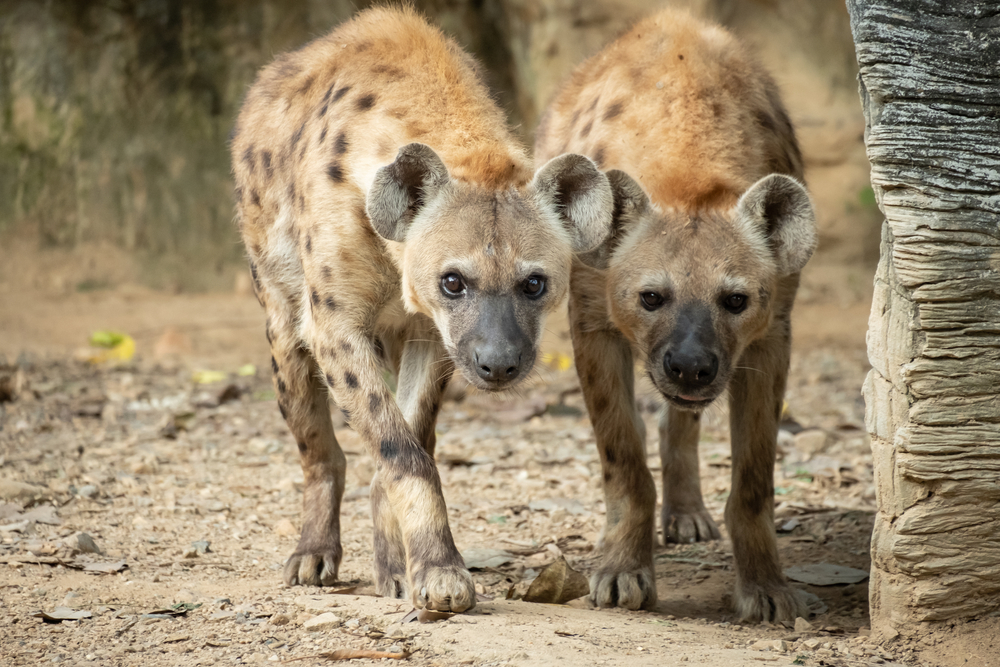
Hyenas, particularly spotted hyenas, are often misunderstood, depicted as mere scavengers rather than skilled hunters. Found across sub-Saharan Africa, they have occasionally been known to attack humans, particularly in regions where human activity encroaches on their habitat. These social animals live in clans and have a complex communication system involving vocalizations, postures, and signals. You might be surprised at their intelligence and adaptability, traits that make them effective predators.
Hyenas possess one of the strongest jaws in the animal kingdom, capable of crushing bones with ease. Their opportunistic nature means they can adapt to a variety of environments, often leading to interactions with humans. In areas where hyenas and humans coexist, it’s essential to secure food sources and livestock to prevent conflicts. Despite their reputation, hyenas play a vital role in their ecosystems, contributing to the health and balance of the environment.
10. Bears
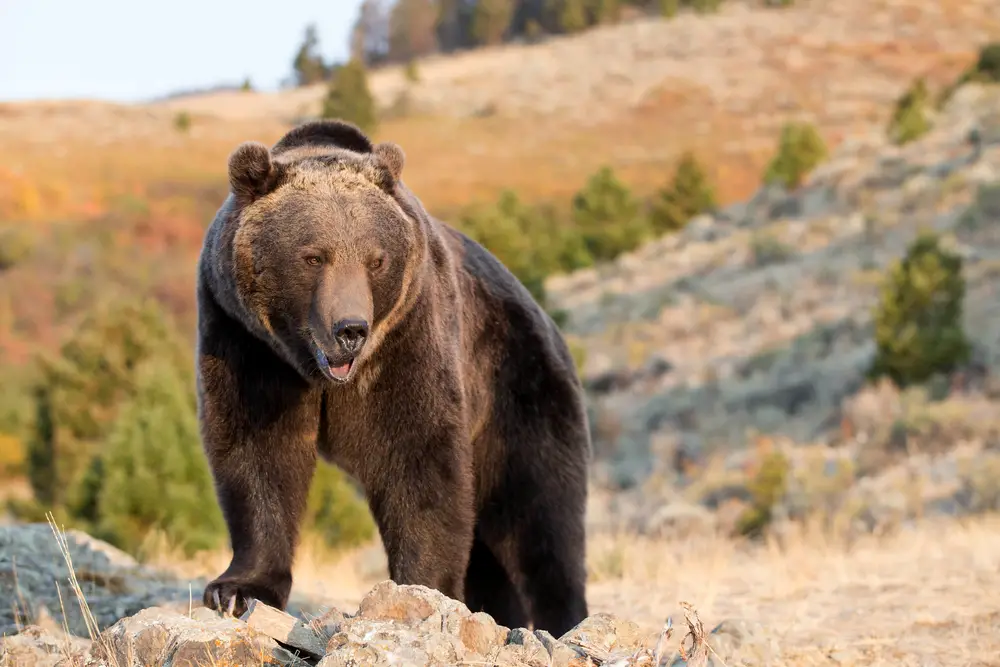
Different species of bears inhabit various parts of the world, from North America to Asia, each with its own behavior towards humans. While most bear encounters result in the animal fleeing, certain situations can provoke aggressive behavior. Bears like the grizzly in North America or the sloth bear in India have been known to attack humans, often in self-defense or when surprised. Picture hiking through the forests of Alaska, always alert to the presence of these majestic yet potentially dangerous animals.
Bears are highly intelligent and have excellent memories, often returning to areas where they have found food before. This behavior can lead to increased human-bear interactions, particularly in areas with unsecured food sources. People living or adventuring in bear-populated regions are encouraged to follow safety guidelines, like carrying bear spray and making noise while hiking. Appreciating these powerful creatures from a distance is the best way to ensure safety for both humans and bears.
11. Cougars
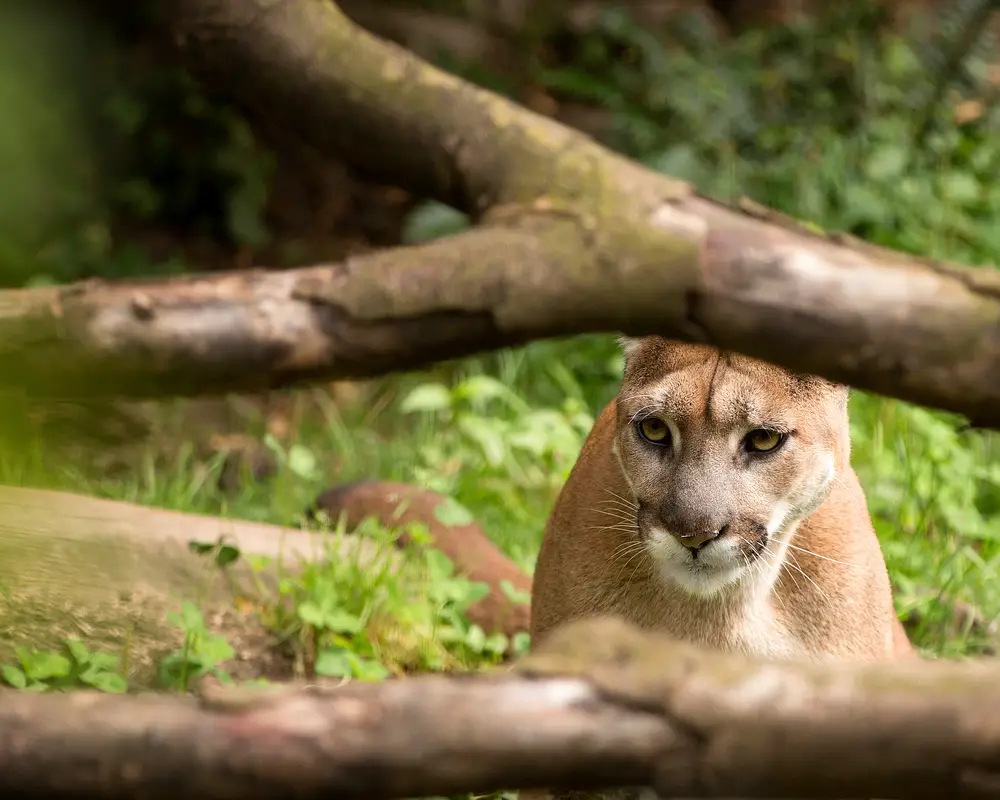
Cougars, also known as mountain lions or pumas, are solitary and elusive predators found across the Americas. While cougar attacks on humans are rare, they do occur, particularly in regions where human development encroaches on their territory. These agile hunters can leap great distances, with powerful hind legs that make them formidable pursuers. Picture traversing the rugged landscapes of the Rockies, knowing cougars could be observing from a distance.
Cougars are primarily crepuscular, most active during dawn and dusk, times when people are also likely to be out hiking or jogging. In areas like California, increased human presence has led to more frequent cougar sightings and encounters. Education on cougar behavior and safety measures, such as traveling in groups and securing outdoor spaces, are crucial for coexistence. Despite the risks, cougars are vital to the health of their ecosystems, keeping prey populations in check.
12. Jackals
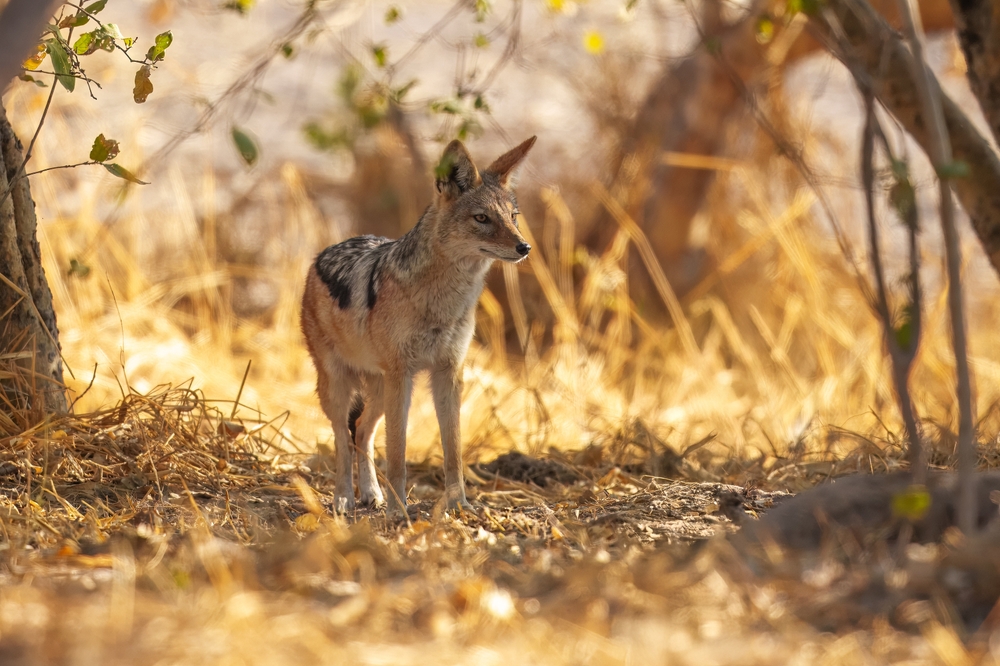
Jackals, found in parts of Africa and Eurasia, are canids known for their adaptability and cunning. While they typically avoid humans, in areas where their natural habitats are threatened, they have been known to scavenge near human settlements. Jackals are omnivorous, often hunting in pairs or small family groups, with a diet that includes small mammals, insects, and fruits. Imagine the African savannah at twilight, where the call of a jackal hints at their nocturnal activities.
In some regions, jackal populations thrive near agricultural areas, leading to potential human-wildlife conflict. These interactions can pose challenges, particularly concerning livestock predation and the spread of diseases like rabies. Efforts to manage jackal populations and reduce conflicts often focus on habitat conservation and securing food sources. Understanding and respecting these resourceful animals is key to maintaining harmony in shared landscapes.
13. Snakes
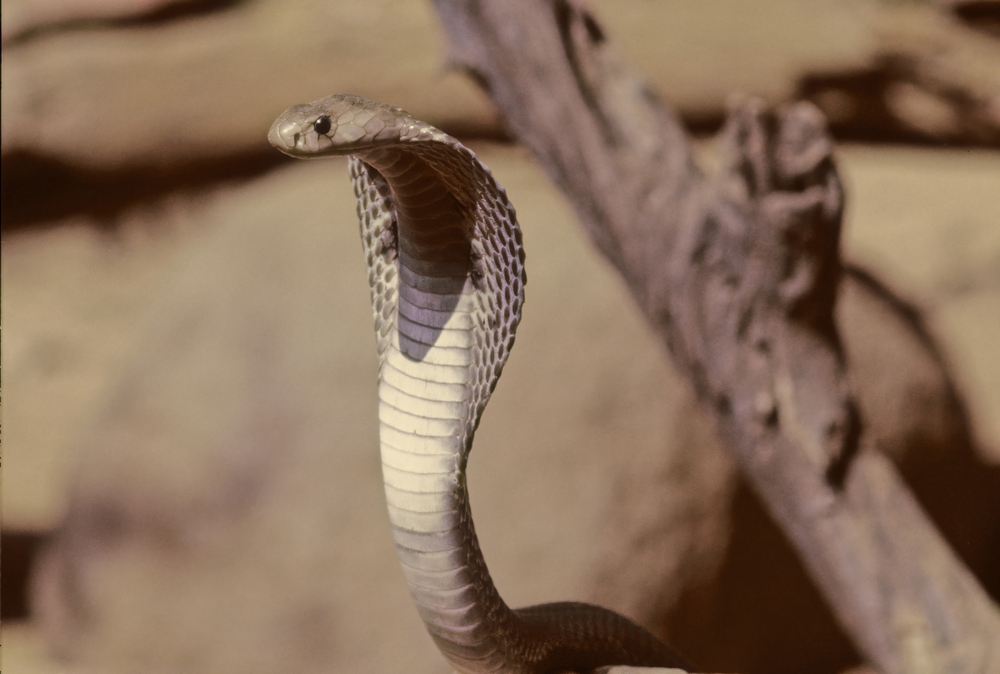
Snakes, with their sleek, slithering bodies, hold a unique place in the realm of predators. While most snakes are harmless to humans, certain species possess potent venom capable of causing serious harm or death. In regions like Southeast Asia, Africa, and parts of the Americas, snakebites are a significant health concern. Picture navigating the Amazon rainforest, acutely aware of the myriad snakes that blend seamlessly into their surroundings.
Venomous snakes like cobras, vipers, and mambas have earned a fearsome reputation, but they play crucial roles in controlling pest populations. Snakebite management and prevention are vital in areas where human-snake encounters are common, with efforts focused on education, habitat preservation, and medical advancements. For many communities, traditional knowledge combined with modern science offers the best approach to living safely alongside these enigmatic reptiles. Despite their danger, snakes inspire fascination and respect for their elegance and ecological importance.
